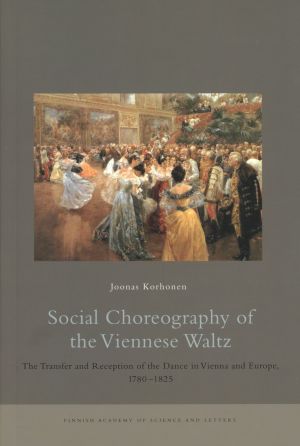This book focuses on the socio-cultural and economic circumstances in which the Viennese waltz developed at the turn of the 19th century. Through an examination of the production, dissemination and consumption of the waltz in Vienna and Europe during the period of 1780-1825, the book shows that the Viennese waltz became one of the first commodities of the culture industry. In the late 18th century, the early forms of the waltz were danced in the dance halls of the European elite from where they spread into Vienna through dancingmasters, dance manuals and printed dance scores. Then these dances, first adopted by the Viennese elite, were taught to the lower classes in the suburban dance schools and dance halls.
Finnish Academy of Science and Letters
Annales Academiae Scientiarum Fennicae. Humaniora 370


